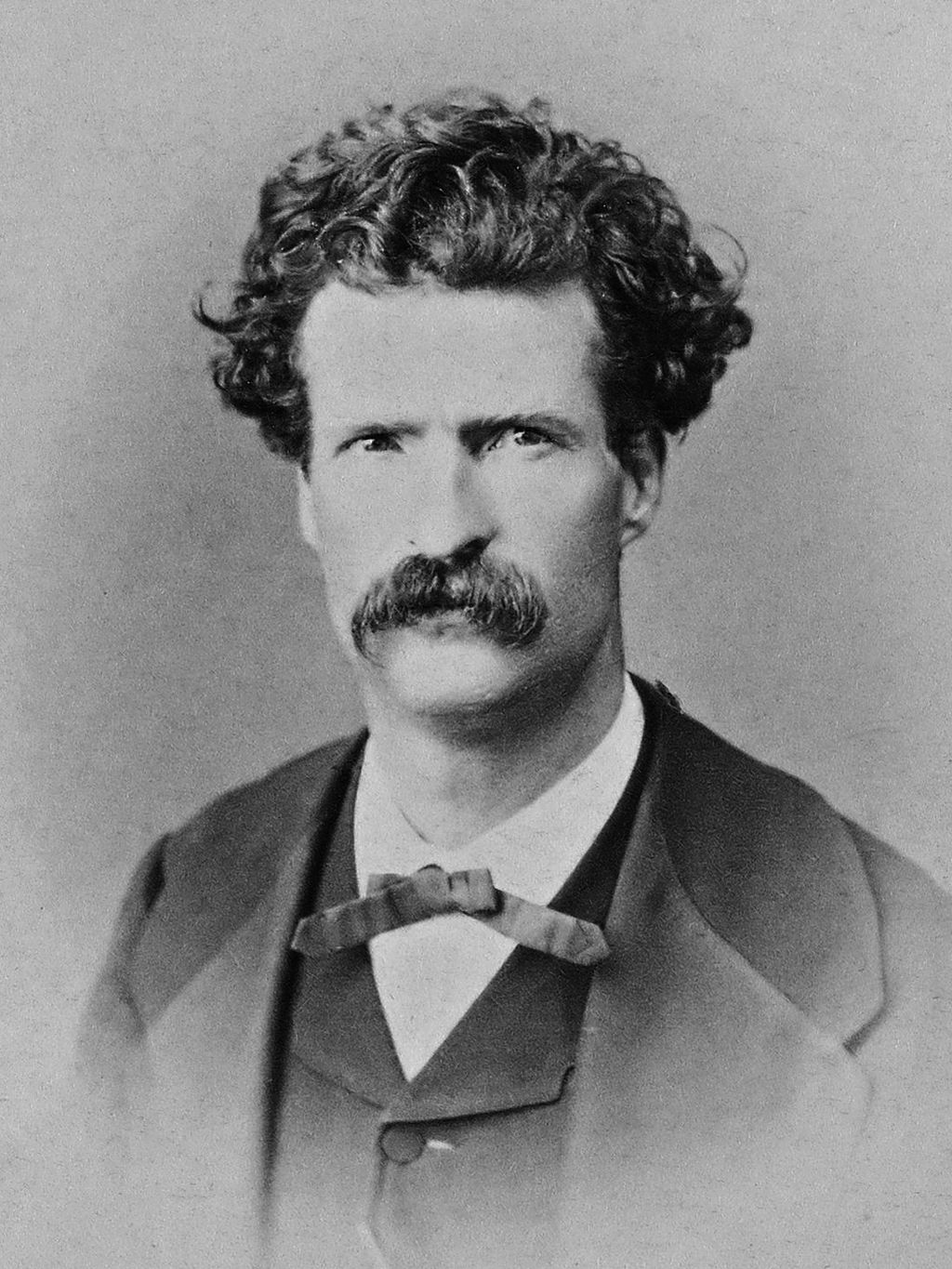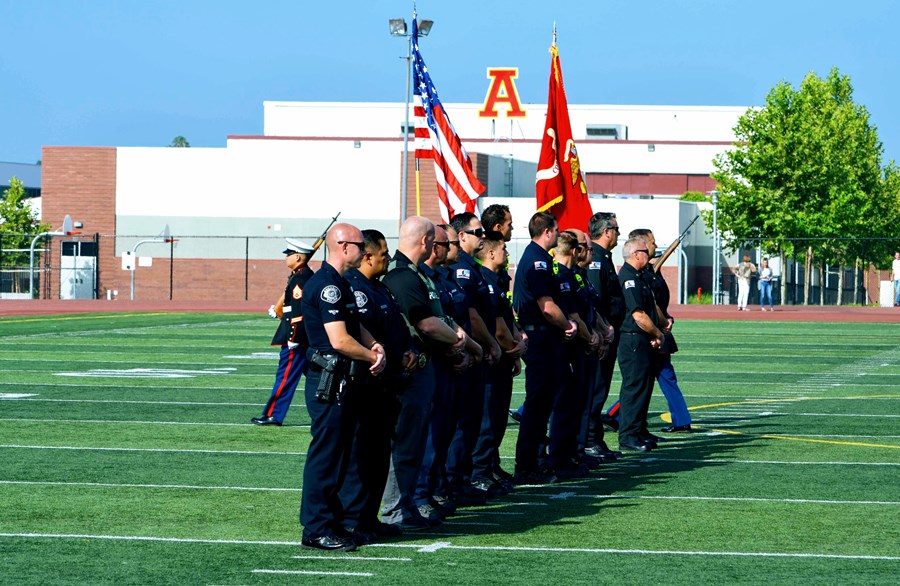
By May S. Ruiz
While all of America went to the polls last week to cast their vote for who they want to be the next person to occupy the White House, fifth graders at High Point Academy (HPA) in Pasadena held their own election on campus.
According to HPA’s fifth grade teachers, Jessica Walch and Terri Gier, before voting for president, the students had a short lesson on why voting is both a right and a responsibility for all U.S. citizens.
“Our class election was the culmination to the election unit that fifth grade has been involved in and studying for the past month,” explain Walch and Gier. “Students researched Donald Trump’s and Hillary Clinton’s stances on the following issues: immigration; health care; foreign policy; education; and the economy. Students were given QR (quick response) codes to speedily access the information on various websites.”
“Throughout the unit, fifth grade students learned about the branches of government, responsibilities of the president, how the right to vote has evolved over time, different political parties, and the electoral college. As an extension to the unit, and for extra credit points, students were given an electoral college scoring guide to fill in as the results became available,” Walch and Gier say further.
“We were excited to transform the classroom into a polling place for Election Day,” continue Walch and Gier. “Students were so eager to enter the room, sign-in, and vote. All morning we were keen to see the results! In the afternoon, we brought the two fifth grade classes together to share the outcome – Hillary Clinton received 26 votes while Donald Trump had 14. Students were very curious to see how our results compared with the national popular votes.”
“After the elections, we spoke about the popular vote versus the electoral college decision, and we watched the final speeches. We had a nice discussion and students were given the opportunity to share their thoughts. Students were engaged through the entire unit; they were enthusiastic to learn and discuss politics. We were glad to have had the opportunity for this shared experience,” Walch and Gier conclude.
The mood across the nation, though, was far from pleasant. People staged protests in the streets the day after the election.
Gary Stern, head of school, took this as an opportunity to share his thoughts with parents and teachers. In a blog he posted two days after the elections, he urged, “Reassure your children that, no matter what, they are safe, loved, and cared for. Make sure to tell them up front, and as often as needed, that you are always there to support them and help them.”
“Little pitchers have big ears,” Stern admonished. “Though your children may seem to be preoccupied when they are about, they are actually listening to – and hanging on – every word you say. What’s more, they may not be able to assess your true intent. So, think before you speak in the presence of children, especially if your words are negative, disparaging, or angry. Words you may quickly forget could inadvertently cause them to become fearful.”
According to Stern, parents should have appropriate level conversations with their children. “Be mindful that young children ask the questions that will elicit only the information they need. So don’t overshare and overwhelm them! Older children may require more facts than younger ones do, to feel secure. Let their questions be your guide, and be careful to give the information they can embrace and understand.”
“Take the time to sit down with children and let them know that it’s okay for parents and kids to feel scared, sad, disappointed, or angry when things don’t go ‘right’,” continues Stern. “Explain that there will always be challenges in life; times when things go completely wrong or defy our expectations. It is how we respond to adversity and the challenges we face that ultimately makes us strong and resilient – able to withstand disappointments and bounce back.”
Parents and teachers need to avoid speaking in abstract, says Stern. “Share a personal story; it’s always important to discuss things with children on a human, as opposed to abstract, level. Make a compelling story out of a time you had to rise above a great disappointment: the school election everyone said you would win but lost; the months you spent practicing for a tournament or concert, only to fumble your big moment in humiliation; the time you unsuccessfully applied for your first job. But then share how you used that defeat to come back, stronger, wiser, and better, to achieve your goals.”
In closing, Stern exhorts, “Show your child that at a time of greatest alienation, when we feel most apart from one another, is the precise time for everyone to come together and support each other. Remind them what it feels like when anger turns to hugs, adversaries shake hands, and everyone pitches in to work together. It’s a feeling that anything is possible, where we thought nothing would be.” They are indeed words to live by.




